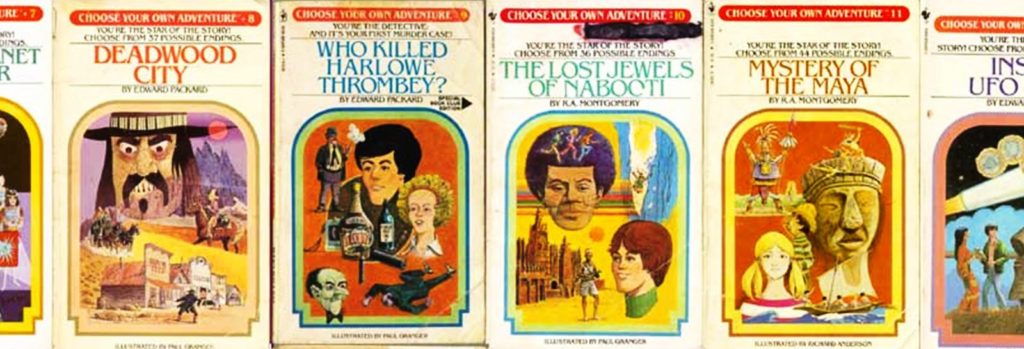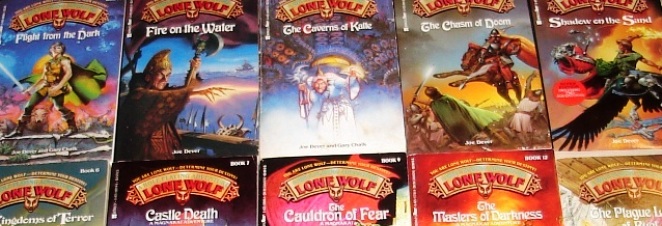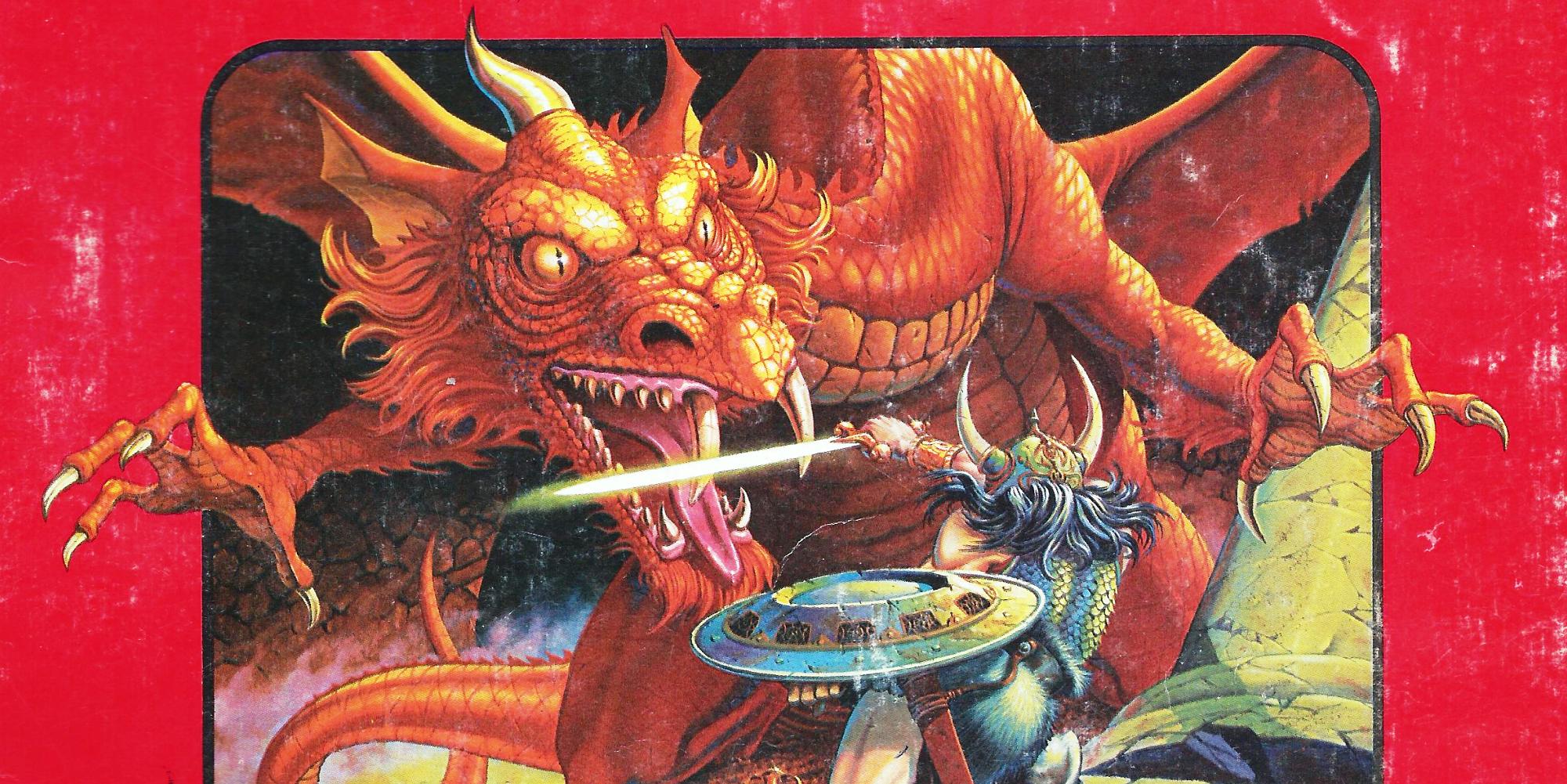Personalized learning is popular right now. But is that a good or bad thing? I can buy all kinds of personalized gadgets online, but do I really like or need any of them? If you decided to get me a custom dinner place mat that says “Matt’s Grub” – sure that is personalized. But its also a pretty useless personalized item that I have no interest in.
Many prominent personalized learning programs/tools are a modern educational version of the Choose Your Own Adventure book series from the 1908s. As I have written before, these books provided a promise of a personalized adventure for the reader, which was entertaining for a while. But you were really just choosing from a series of 50 pre-written paths, hoping to pick one of the ones that led to a happy ending. Of course, If you happened to have any physical characteristics that were different than the ones written into the story (I remember a classmate that had shaved his head making fun of one page that had the main character doing something with his hair – yes they were sometimes gendered stories even), then the “your” in “Choose Your Own Adventure” fell flat.

These eventually evolved into more complex books like the Lone Wolf gamebooks that had you doing your own battles, collecting objects, and other activities that were closer to role playing games.

But let’s face it – the true “Choose Your Own Adventure” scenarios in the 1980s were really role playing games. And few were as personalizable as Dungeons and Dragons.
Now, whether you love or hate D&D, or even still think it is Satanic… please hear me out. D&D, at least in the 80s, was personalizable because it was provide different pathways that were scaffolded. New players could start out with the Basic D&D boxset – which came with game rules, pre-designed characters, basic adventures to go on, etc. And that wasn’t even really the starting point. If basic D&D was too unstructured for you, there were books like the Dragonlance Chronicles or the Shannara series that would give you this completely guided tour of what D&D could look like. Oh, and even a Saturday morning cartoon series if the books were too much for you.
But back to D&D, once you mastered the Basic set, there were more sets (Expert, Companion, Master, and Immortal) – all of which gave you more power and control. Then, when you were ready (or if you found Basic D&D too pre-determined), there was Advanced Dungeons and Dragons. This was a set of books that laid out some basic ideas to create your own characters and worlds and adventures. And you were free to change, modify, add to, or completely re-invent those basics. Many people did, and shared their modifications in national magazines like Dragon Magazine. Oh, and what if you want to make your own world but are still unsure? You had a whole range of pre-designed adventures called Dungeon Modules. Just buy one, play, and get inspired to create your own. Or, maybe the opposite is true: you were just tired of your creation and wanted to take a break in someone else’s world.

To me, Dungeons and Dragons in the 1980s was a much better metaphor for what personalized learning should look like. You had completely mindless escapism entertainment (aka lectures) when you needed it, like the books and cartoons. You had the structured environment of Basic D&D to guide you through the basics (aka instructivism). You had a series of games and accessories like Dungeon Modules and Companion Sets to guide you (aka scaffold you) to the advanced stage. You had the Advanced books that set a basic structure for creating your own world (aka the Internet). Then you had a network of people sharing ideas and designs to keep new ideas flowing (aka connectivism). Many gamers would go back and forth between these various parts – creating their own world, sharing their ideas in the magazines, playing dungeon modules on occasion, reading the books, and dipping back to basic D&D when the mood hit them.
This scene from The Big Bang Theory shows how players can customize, adapt, and personalized the game experience, even as they play:
![]() Of course, there were problems with the gaming community. It was expensive, and often sexist and/or racist. So I am not painting the Dungeon and Dragons world of the 1980s as some perfect utopia. I am looking at the design of the tools and system here. It is one that in some fashion pre-ceded and informed what we are doing with pathways learning, and one that I think is closer to true “personalization” than what some personalized learning situations offer.
Of course, there were problems with the gaming community. It was expensive, and often sexist and/or racist. So I am not painting the Dungeon and Dragons world of the 1980s as some perfect utopia. I am looking at the design of the tools and system here. It is one that in some fashion pre-ceded and informed what we are doing with pathways learning, and one that I think is closer to true “personalization” than what some personalized learning situations offer.
Matt is currently an Instructional Designer II at Orbis Education and a Part-Time Instructor at the University of Texas Rio Grande Valley. Previously he worked as a Learning Innovation Researcher with the UT Arlington LINK Research Lab. His work focuses on learning theory, Heutagogy, and learner agency. Matt holds a Ph.D. in Learning Technologies from the University of North Texas, a Master of Education in Educational Technology from UT Brownsville, and a Bachelors of Science in Education from Baylor University. His research interests include instructional design, learning pathways, sociocultural theory, heutagogy, virtual reality, and open networked learning. He has a background in instructional design and teaching at both the secondary and university levels and has been an active blogger and conference presenter. He also enjoys networking and collaborative efforts involving faculty, students, administration, and anyone involved in the education process.
